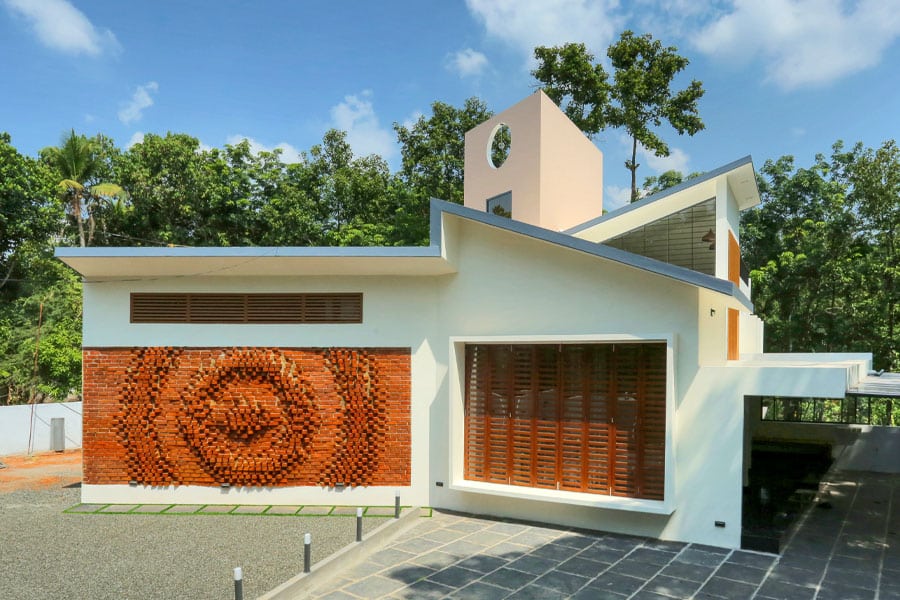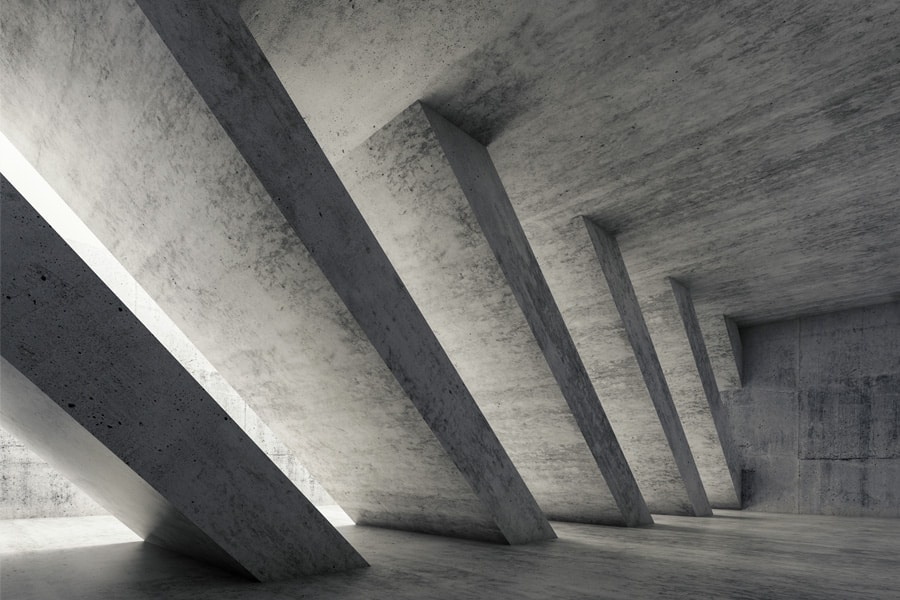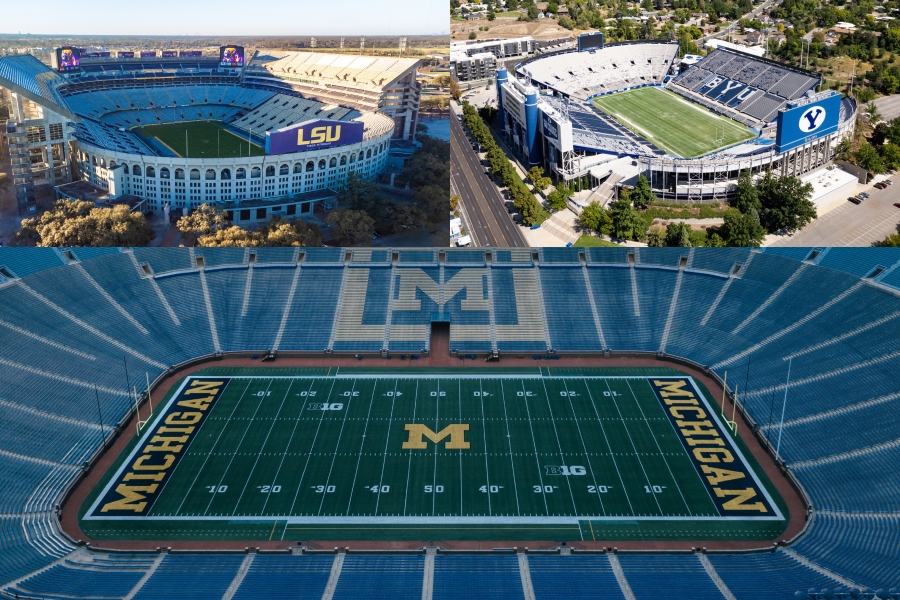Indian architecture has long been celebrated for its beauty and grace. From the iconic minarets of the Taj Mahal to Jaipur’s gorgeous pink old city, the classical architecture of this nation is known around the globe.
But for contemporary Indian architects, it can be a challenge to honor this classical inspiration while maintaining a modern sensibility. Built spoke with Manoj Madhu, founding principal architect of Monsoon Collective, about building with place in mind and the ways the aesthetics of classical Indian architecture impacts his practice.
Eclectic inspiration
Madhu explained that the inspiration behind Monsoon Collective’s designs is intentionally eclectic, drawing influence from the classical wonders of historical Indian architecture as well as more contemporary structures.
“I believe that inspiration can be found anywhere,” he said. “The sheer functionality and minimalism found in the modernist movement could be worth emulating in certain projects. Others may call for the splendor that can only be seen in ornate, historic architectural styles.”
Madhu loves the eclectic results that stem from blending so many diverse sources of inspiration, saying that he always begins with the knowledge of what’s possible for a particular structure, both logistically and in terms of budget, before letting his imagination soar.
“When I design, I always keep my sources open within the limits of feasibility. I don’t really have a favorite structure or design style. I still see myself as an ardent student and I’m constantly looking forward to learning, be it from history or the works of my fellow practitioners.”
Still, as diverse as Madhu’s influences may be, he’s always drawn a particular source of inspiration from the landscape of his home state of Kerala. Known for its palm-lined beaches and placid backwaters, this lush, jungle state is famous for the beauty and intensity of its monsoons.
“For a firm that started out in the vivid, tropical landscape of Kerala, famous for its seasonal showers, naming the firm after the monsoons here made sense,” Madhu said. “It was another way to signify its origin.”
Rooted in the landscape
Monsoon Collective’s locally inspired approach to the design process doesn’t begin and end with its name. Madhu said the team believes in grounding every decision it makes during the design and building process in a responsive approach to the unique landscape a structure will be situated in.
“A building does not exist in isolation,” he said. “A well-designed building is always in harmony with its surroundings.”
But what does creating this harmony through design choices look like? Madhu said the process can be complex. “There are many levels to this interaction,” he explained. “At the most preliminary level, the surrounding landscape should frame the structure. At a larger level, I believe that the building should reflect the culture and history of the place.”
This reflection should be embodied not only in the design choices made in creating the structure, but also in its materiality. Madhu and the Monsoon Collective team often use locally sourced materials to create a shared language between the structures it builds and the places it builds them.
“We often opt to feature brick and timber in our works for the same reason,” he said. “Designing for the climate of the region is another principle I believe in. For projects in Kerala, the unique charm of the monsoon is an experience I like to capture.”
Not only does this focus on local materials help buildings feel integrated into the landscape, but it also increases the sustainability of Monsoon Collective projects.
“Eco-friendly design begins with understanding the climate and context of the site,” Madhu said. “I believe in forming a thorough knowledge base regarding the vernacular design principles of the region to formulate passive design strategies that can be implemented in the project to create well-lit, well-ventilated spaces. The use of locally sourced, vernacular materials also contributes to an eco-friendly design.”
Drawing inspiration from tradition
While Monsoon Collective’s designs are rooted in the landscape, Madhu said they find an equally vivid source of inspiration in the classical design traditions of India as a whole.
“Every region in India has its own intricate and well-formulated design language,” he said. “People often see the ornate quality of traditional architectural styles and are quick to deem it impractical in the modern context. However, vernacular design strategies often feature the most feasible sustainable design solutions for the context.”
Madhu said blending these traditional values with a more contemporary approach is a foundational aspect of his practice.
“If you are a practicing architect in India, you invariably end up implementing traditional vastu planning principles during design,” he said. “The incorporation of traditional Indian aesthetic values depends on the projects I get. Some clients can be quite adamant about not wanting anything traditional in the design. For those who are open to it, the team and I try to synthesize various design solutions that work in our modern context.”
Madhu works with his clients to draw on the aspects of traditional vastu, or vedic, architecture that appeals to them, while keeping the overall aesthetics of his buildings thoroughly rooted in the contemporary lexicon.
“Certain traditional design features like courtyards and verandas are those that I’ve found to have a broad appeal,” he said. “A lot of clients have come up to me wanting a modern interpretation of the elements they have seen in their ancestral home. Emulating the essence of these classical elements has often led to success. The ornate detailing found in classical Indian architectural styles might not be feasible now, but the attention to detail they exhibit is something that I always strive towards.”
Above all, Madhu hopes that Monsoon Collective’s designs succeed in channeling the most interesting and compelling aspects of historical Indian architecture, with a fresh new approach that honors the landscape. “I believe in staying rooted in one’s culture,” he said. “Achieving a contemporary design while keeping touch with traditional roots is entirely possible. This touch on the context’s history is also what makes projects stand apart. It is also a philosophy that as an architect, I try to convey to my clients.”












